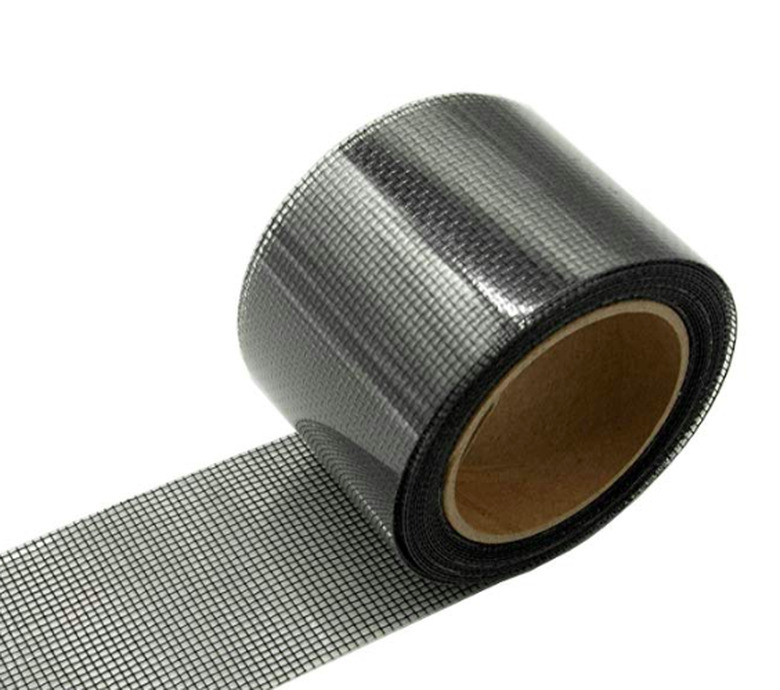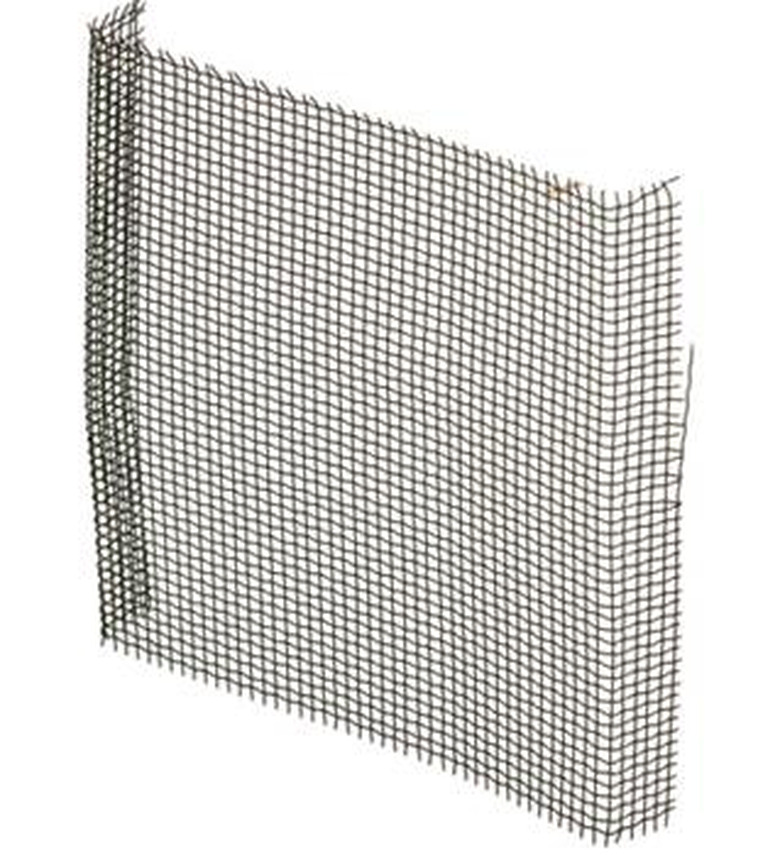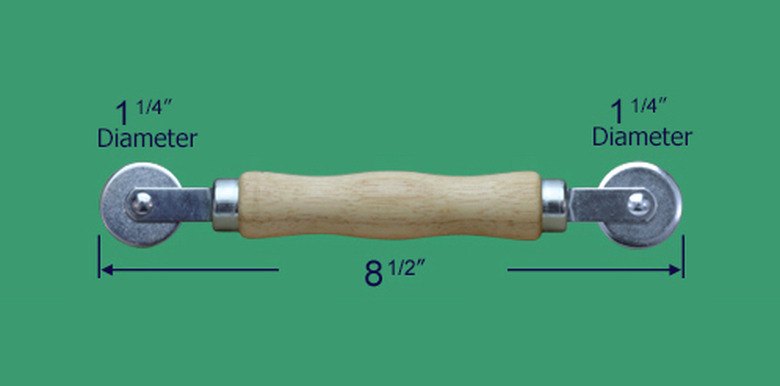Window Screen Repair
A window screen is easy to damage, but it's almost just as easy to repair. Most window and door screens have the same design: The metal or vinyl mesh screen material is held in place in the window frame with a vinyl cord, called a spline, that runs inside a narrow channel. To replace the entire screen, all you have to do is pull out the spline and screen, then roll out some new screening and press it into place with the spline.
There are a few tips that make this process go more smoothly. And there's one simple tool that makes it much easier. Alternatively, if the damaged area is small, or if you really don't want to replace the screen, you can repair it with stitching or a patch material.
Repair or Replace?
Repair or Replace?
The decision of whether to repair or replace your screen usually comes down to the size of the damage and how you want the repair to look. A patch—whether it's homemade or a store-bought patching material—will readily fix fairly small holes or tears or even long, clean slits. More extensive damage, such as large, ragged holes or anywhere the screen has torn along the edge of the frame, requires replacement. Patches are quick and easy, but they'll always be visible. It's impossible to patch or sew up a screen without having your work show. If you can't live with that, replace the entire screen.
Screen Repair Materials
Standard window screening is either fiberglass or aluminum. Both types are commonly sold in rolls of various widths and lengths. Spline comes in various diameters and a few different colors (gray, brown, white, etc.). You can reuse old spline if it's still flexible, but if it's brittle or it breaks when you remove it, get new spline that's the same diameter as the old.
Screen repair materials come in flat patches and in duct-tape-like rolls. It's actual screen material with an adhesive backing, and you simply cut it to fit and press it onto the screen. Some patches are also bonded with heat that you apply with a hairdryer. There are patches available for both fiberglass and aluminum screening.
Note: Some very old wood frames and doors may have screening that's stapled to the frame, rather than secured with spline. The stapled edges are typically covered with thin wood trim. To replace the screen on this type of frame, pry up the trim, pull out the staples and old screen, and install new screen using the same method, pulling the screen taut as you staple the screen. Reinstall the trim to hide the screen edges and staples.
Simple Screen Repairs
You can repair screens with adhesive patching materials or with household items:
- Fix small holes or tears with lightweight clear fishing line or sewing thread in a matching color, using a sewing needle. Be careful not to pull the screen too tight. When you're done sewing, seal the edges with super glue.
- Patch over larger holes and tears with an adhesive screen patching material. Lay the screen on a flat work surface. Cut the patch slightly larger than the hole or tear. Peel off the non-stick backing from the patch, stick the patch over the hole and press it firmly so it bonds with the screen.
- Repair long tears or cuts (if the edges are straight) with screen repair tape.
- Make your own patching material if you have some leftover screening. Adhere a fiberglass patch to the screen with super glue. For an aluminum patch, cut the edges of the patch so that the individual wires are sticking out (it's just a tiny amount). Lay the patch in place, and bend over the tiny wire ends to cinch them onto the screen.
Things Needed
-
Small flathead screwdriver
-
Replacement screen
-
Scissors
-
Spline roller
-
Spline (as needed)
-
Utility knife
How to Replace Window Screen
1. Remove the Old Screen
Lay the screen frame or door on a flat work surface so the side with the spline is facing up. Look closely at each corner of the screen frame to locate the end of the spline. Use a small flathead screwdriver or awl to pry up the end of the spline from the screen channel. Grasp the spline with your hand and pull it out of the channel along the entire perimeter of the frame. Remove the screen from the frame.
2. Cut the New Screen
Roll out the replacement screen to cover the screen frame. Cut the screen, using scissors, so it overlaps the frame by 1 to 2 inches on all sides. Position the cut piece so it overlaps the frame by roughly the same amount on all sides.
3. Pre-crease the Screen (Aluminum Only)
Use the spline roller to gently press the aluminum screen into the frame channels. The spline roller has two wheels: one with a solid, tapered edge and one with a grooved edge. Use the tapered wheel to crease the screen. Make sure the screen is flat as you work, and press the wheel gently so as not to damage the screen. It helps to make two passes with the wheel, creasing slightly deeper with the second pass. Note: You do not need to pre-crease fiberglass screen.
4. Install the Spline
Press one end of the spline over the screen and into the channel, starting at one corner of the frame. If you're using new spline, just work with the entire length of the spline and trim it when you're done. Using the grooved wheel of the spline roller, press the spline into the frame channel until it is fully seated in the channel. This holds the screen firmly in place and will add tension to the screen as you move around the frame, tightening and smoothing out the screen.
Keep the edge of the screen parallel to the side of the frame as you press in the spline. At the end of the first side, turn the spline around the corner and continue down the adjacent side, using the same techniques. Complete all four sides of the screen.
Tip
Keep the screen flat and parallel to the frame, but don't worry about pulling it tight; the spline will tighten the screen for you. There's also no need to stretch the spline tight. If you end up with sags or puckers in fiberglass screen, you can simply pull out the spline and start over (before you trim the screen).
5. Trim the Screen
Cut the spline (as needed) at the final corner of the frame, using a utility knife. Carefully press the end into the spline channel. You can do this with the screwdriver, but be careful not to poke through the screen.
Trim the screen with the utility knife, running the knife blade between the outside of the spline and the edge of the frame channel. Watch the angle of the blade at all times so you don't accidentally cut the screen on the other side of the spline (fiberglass screen cuts very easily).


